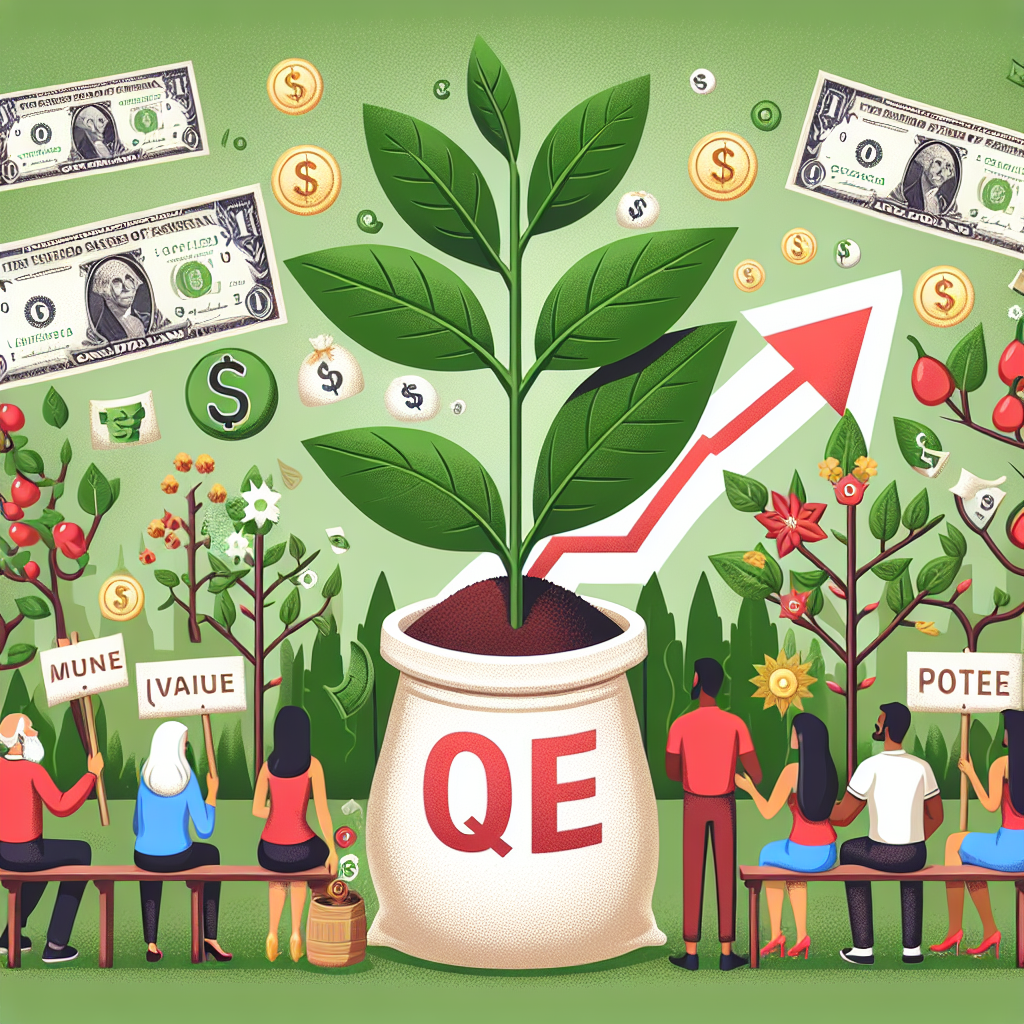
What Is Quantitative Easing and Why Should You Care?
Understanding Quantitative Easing: A Guide for Everyday Investors
What Is Quantitative Easing?
The Mechanics of Quantitative Easing
- Central Bank Decision: When the economy is sluggish or facing a recession, and traditional tools like interest rate cuts have limited effect, the central bank initiates QE.
- Creating Money: The central bank electronically creates new money—this isn’t physical cash but digital credits added to its balance sheet.
- Asset Purchases: With this new money, the central bank buys long-term securities—primarily government bonds—from banks, financial institutions, and sometimes private sector entities.
- Market Impact: These purchases increase the prices of bonds, which lowers their yields, making borrowing cheaper across the economy.
- Stimulus Effect: As borrowing costs decrease, businesses are more likely to invest, and consumers more likely to spend, fostering economic growth.
Historical Context of Quantitative Easing
- Japan: The Bank of Japan has been using QE since the 1990s to combat deflation and stimulate growth.
- United States: The Federal Reserve implemented multiple rounds of QE following the 2008 financial crisis and again during the COVID-19 pandemic.
- European Central Bank: The ECB used QE to address the eurozone’s debt crises and economic slowdown.

